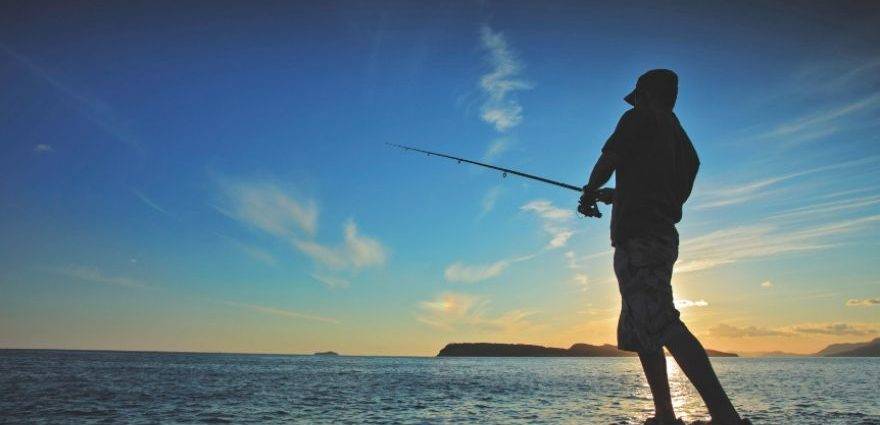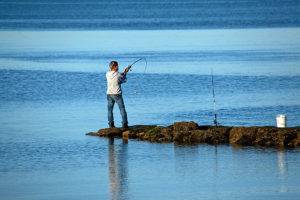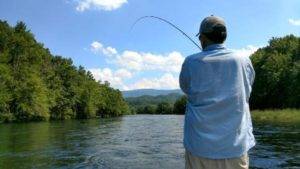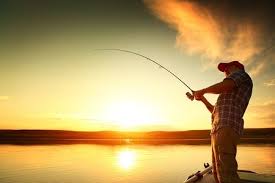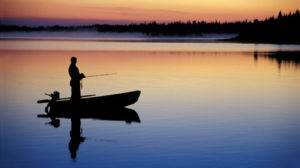Selecting the most appropriate time to load up your fishing gear and hit water is a huge decision for a lot of anglers. You don’t want to spend hours trying to obtain a bite when the fish are not positively feeding; you would like to go when you’re probably to capture fish. That’s why the question: “When is the best day to go fishing?” is actual for all anglers.
There are a number of elements that will influence the behavior of your focus on fish, and there are not many hard-and-fast rules about the best times of day time to try your fortune. Nevertheless , we’ll discuss these types of factors and try to help you figure away the optimum time of day to catch a limit.
The Breakdown of 4 Time Periods For Fishing
We’ll start by examining the four basic windows of time in each day and explaining what types of fish or techniques are likely to work in each.
Early Morning
Water temperatures are in their minimum in the first morning, before dawn. This may make this an outstanding time to seafood in the later spring, warmer summer months or early semester when the daytime temperatures soar. On top of that, you’ll typically see hardly any others at the moment of day, therefore you won’t have to cope with splashing swimmers and noisy kids.
The reduced light levels at the moment of day can be helpful when angling for types that see well in low light conditions, such as bass and catfish. Flying bugs tend to be quite effective during early summertime mornings, which can also make it a great time to capture trout, bluegill and other seafood who frequently eat bugs at the top.
However, morning hours is not really a excellent time to seafood in the wintertime. Because the drinking water and air temperatures will typically be at their most affordable for the 24-hour pattern, most seafood stays relatively inactive of these times and await the sun’s rays to warm water a bit.
Late Morning to Early Afternoon
Time between late morning and early afternoon often presents very difficult fishing in the warmer parts of the year, since many kinds of seafood will swim deep in search of colder drinking water. The sun’s rays are also at their most powerful during this period of the day, which will encourage bass and other fish to place low, because their prey’s eyesight often works very well during this time, rendering it hard to hunt.
Yet windy, rainy or cloudy conditions can improve your chances of catching seafood during the daytime. Blowing wind, clouds, and rain all reduce the amount of sunlight that’s able to penetrate the surface, and they’ll usually reduce the temperatures a lttle bit too.
In the event that, on the other hands, you are fishing in the colder portions of the year, this is plainly your best – potentially the only – time of day you have a reasonable chance of success. The sun’s rays will warm the cool water, enabling the fish to maneuver around better and feed.
Late Afternoon
Such as early morning, late mid-day is usually a productive time of day to fish during the spring, summer, and fall. The particular sun’s low position while flying allows the water to start cooling off, therefore encouraging the fish to become active and give food to.
The dimmer lighting will also help to activate predators like bass, who like to feed in dim light. Just keep in mind that the morning design will unfold in reverse fashion in the afternoon. The particular temperatures and light levels will be falling with every cast, rather than rising, as they do in the morning. Also, the shadows will differ too – if the east bank of a lake is shaded in the morning, the west bank of the lake will likely be shaded in the afternoon.
The earliest parts of the afternoon may remain productive in the winter, but the fishing action will often calm down quickly as the sun begins to set.
Night
When the factors is warm, the time between sundown and midnight (give or take) is frequently very effective. You will have to aspect in having less light when choosing your approach, deal with and techniques, but many prized gamefish – which includes bass, catfish and, the majority of notably, walleye – frequently feed aggressively during the first half of the night.
Moon-lit nights frequently provide excellent topwater angling action, as your lure will be very noticeable to the fish from below. The fishing often slows down as the night progresses and the temperatures continue to drop. However , you can still occasionally catch fish during this time, so it doesn’t hurt to try. Cool weather will make nighttime fishing considerably less productive. Few fish feed heavily in the winter, and even fewer decide to do so in the middle of the night.

